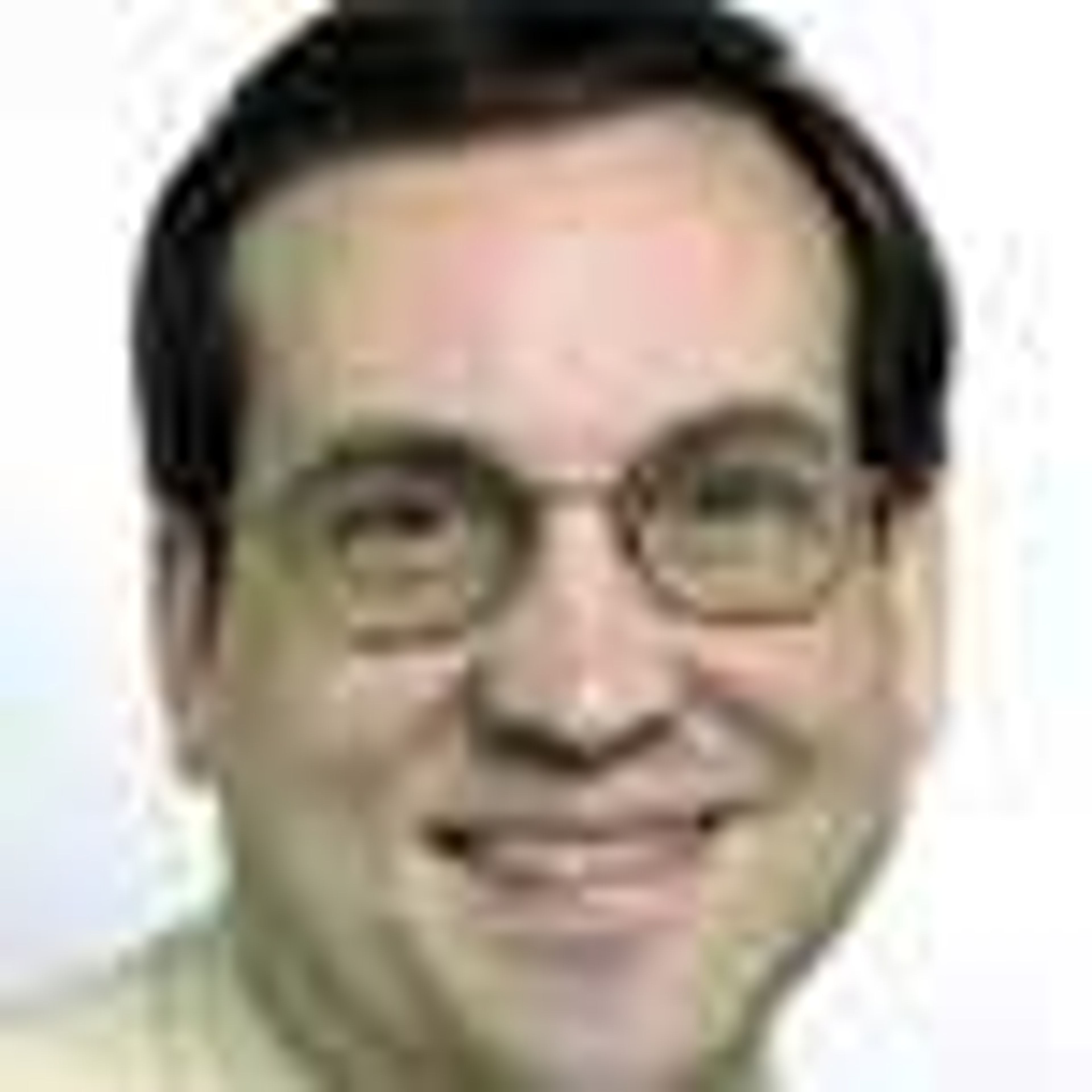FIELD-BASED EXPERIENCES AT HEART OF PROGRAM
At Southeast Missouri State University, would-be teachers learn their profession by practicing it not in a campus school setting, but in elementary and secondary school classrooms extending from the St. Louis area south through the Bootheel and into Southern Illinois...
At Southeast Missouri State University, would-be teachers learn their profession by practicing it not in a campus school setting, but in elementary and secondary school classrooms extending from the St. Louis area south through the Bootheel and into Southern Illinois.
Field-based experiences are at the heart of the university's revamped, nationally-recognized teacher education program. The teacher education program received the Christa McAuliffe Showcase for Excellence Award from the American Association of State Colleges and Universities in 1989. The award recognized the university's innovative teacher education curriculum.
"We feel that developing teachers is a developmental process," said Lenore Bierbaum, dean of the College of Education. "You can't do it in a one-shot process."
Southeast has had a long history of teacher education. The university began as a teachers college in 1873.
"We've always had a good reputation as a teacher education program," said Bierbaum. "We clearly are a major force in this section of the state. We are home base to a tremendous number of educators in the university's service area."
The university offers bachelor's, master's and specialist degrees in education. The latter is needed by those who want to be school administrators and superintendents.
Although teacher education has been a part of the university from the beginning, how teachers are taught has changed dramatically.
In the past five years, the teacher education program has been completely revised from top to bottom. "It's been a total revision. It's a completely new program," said Bierbaum.
The new teaching program was officially adopted in 1988.
"We started thinking of revamping the program in 1984-85," she recalled. In 1985, the university's Board of Regents designated the teacher education program as a "premier program."
The university used to operate a laboratory school for grades kindergarten through 12, but it was phased out in 1986 and 1987 as Southeast moved to revamp its education program.
The university then proceeded to redesign the curriculum, with input from school districts throughout the region.
"We started with the assumption that a field-based program was important," said Bierbaum.
"One of the themes was, we wanted to get rid of isolated courses," explained Bierbaum.
The new teacher education program combines both book learning and practical experience.
"You never take a course up here that tells you how to do it, unless you are taking a field course where you can practice and learn those same things," she said.
Would-be teachers are given experience teaching in a variety of grade levels and settings.
"We want them to have a lower grade and an upper grade," said Bierbaum. The students are given teaching assignments either at the elementary or secondary level, depending on their majors. Years ago teacher-education students were given little classroom experience.
Bierbaum has spent 27 years teaching at Southeast, including the last four years as college dean. From 1962-64, she taught at the then-laboratory school on campus.
In those days, she said, students did all their teaching in the lab school and never stepped foot in an elementary or secondary school.
In later years, students were given student teaching assignments in the schools. But prior to the curriculum redesign, students generally had only eight weeks of student teaching, usually in the last semester of their senior year, Bierbaum said.
Bierbaum said would-be teachers used to not see "a live student" until they student taught.
That's no longer the case; students now are given a variety of teaching experiences. Initially, students observe school-age children.
Beginning in their sophomore year, students are given teaching experiences. In their senior year, students have a full semester of student teaching, with seven weeks spent teaching in one school and seven weeks in another.
With the emphasis on field experiences, "they are much more classroom ready," Bierbaum said.
"Our whole, teacher education program is a model, which intends to develop a teacher as a competent professional educator," she explained. "We want them to be active learners."
The field experiences carry over into graduate programs as well. "Those seeking to be school administrators are given field experiences working in schools with administrators." A person seeking to be a school counselor will be "out there working with counselors," Bierbaum said.
Southeast annually has 1,200 to 1,300 student teacher placements involving about 75 public and private schools from throughout much of eastern Missouri, as far north as St. Louis, Bierbaum said.
Southeast turns out about 350 educators a year. In 1990, Southeast turned out 310 bachelor-degree educators, another 25 with advanced teaching degrees, 18 administrators, eight school counselors and three psychological examiners.
The College of Education has 40 full-time faculty members and nearly 30 dual-appointment faculty (people who teach in two different departments at Southeast).
Faculty members spend a lot of time visiting the schools where students are sent for field experiences. "Our people are out in the rooms all the time," said Bierbaum. "Our faculty here must be involved with the schools.
"We want to support the students and the (school) teachers out there," she said. "That's a big part of our job."
Connect with the Southeast Missourian Newsroom:
For corrections to this story or other insights for the editor, click here. To submit a letter to the editor, click here. To learn about the Southeast Missourian’s AI Policy, click here.










